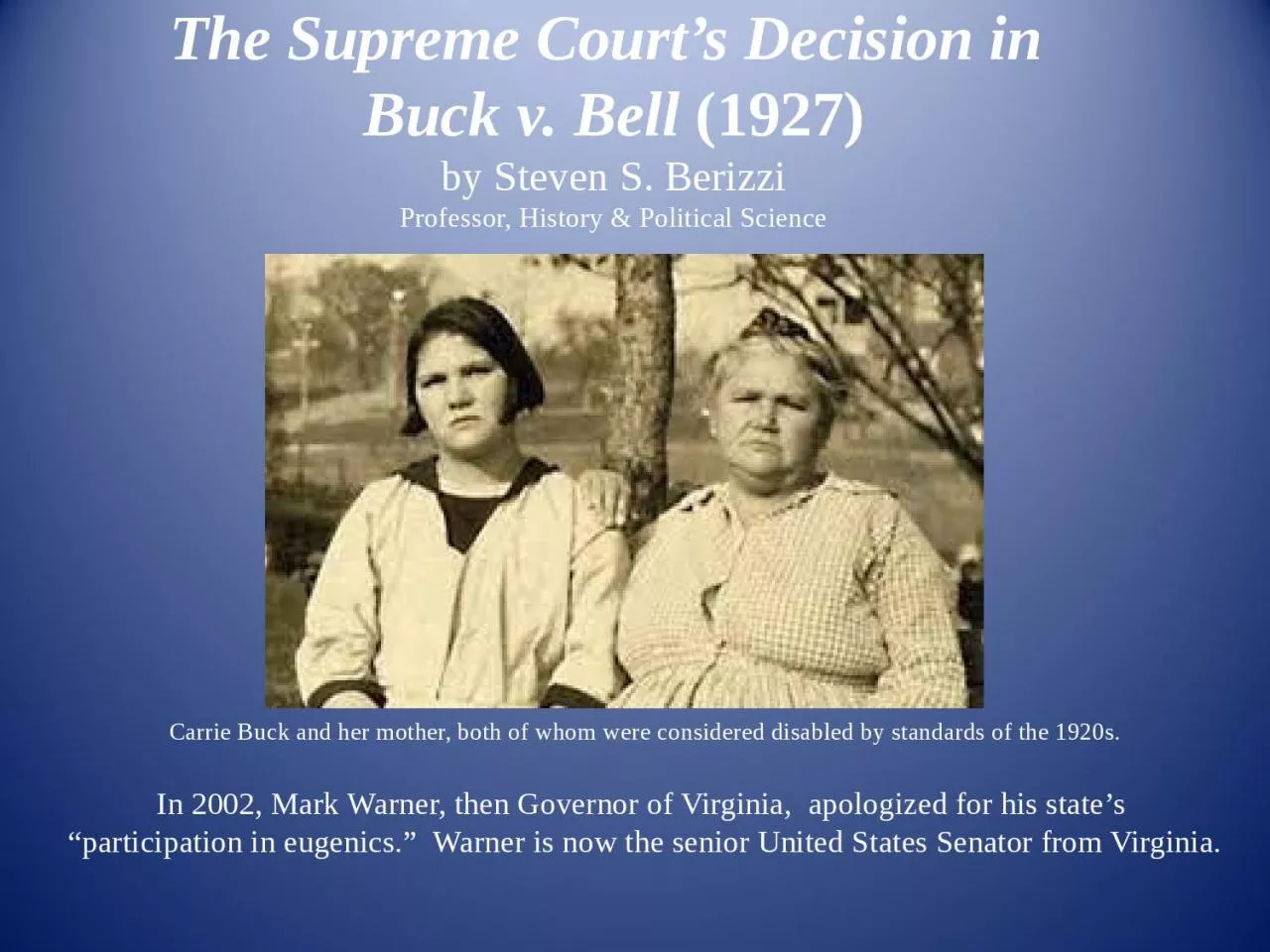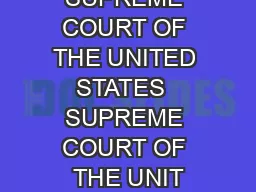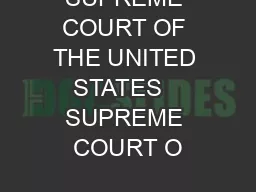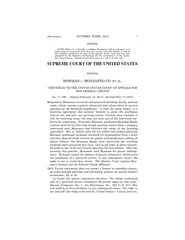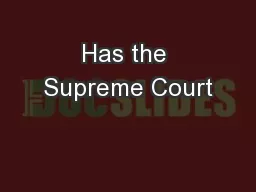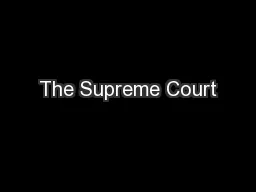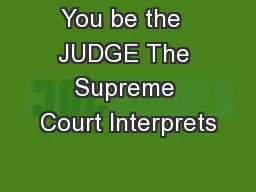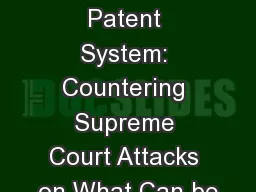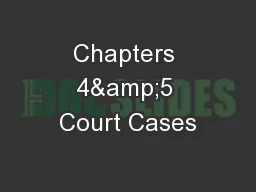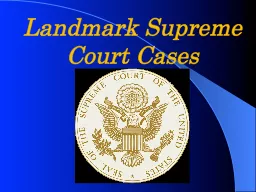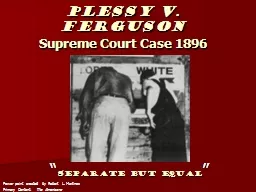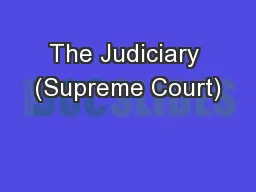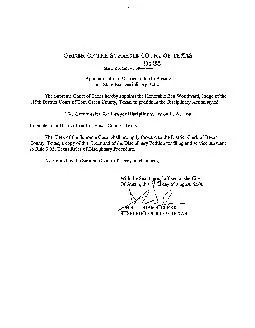PPT-The Supreme Court’s Decision in
Author : taylor | Published Date : 2022-06-28
Buck v Bell 1927 by Steven S Berizzi Professor History amp Political Science Carrie Buck and her mother both of whom were considered disabled by standards of the
Presentation Embed Code
Download Presentation
Download Presentation The PPT/PDF document "The Supreme Court’s Decision in" is the property of its rightful owner. Permission is granted to download and print the materials on this website for personal, non-commercial use only, and to display it on your personal computer provided you do not modify the materials and that you retain all copyright notices contained in the materials. By downloading content from our website, you accept the terms of this agreement.
The Supreme Court’s Decision in: Transcript
Download Rules Of Document
"The Supreme Court’s Decision in"The content belongs to its owner. You may download and print it for personal use, without modification, and keep all copyright notices. By downloading, you agree to these terms.
Related Documents

